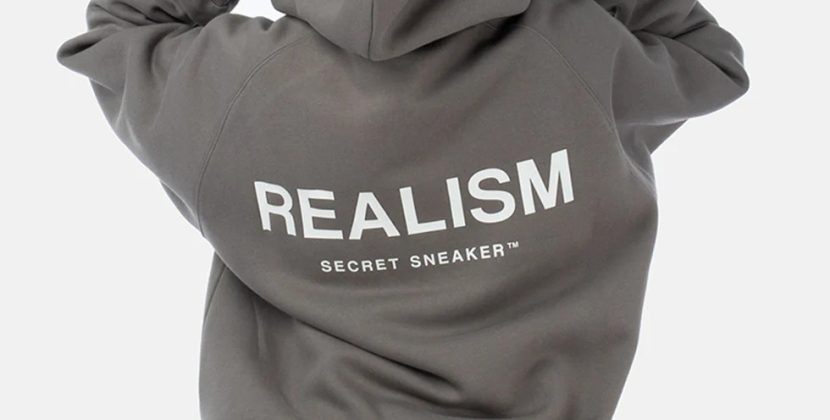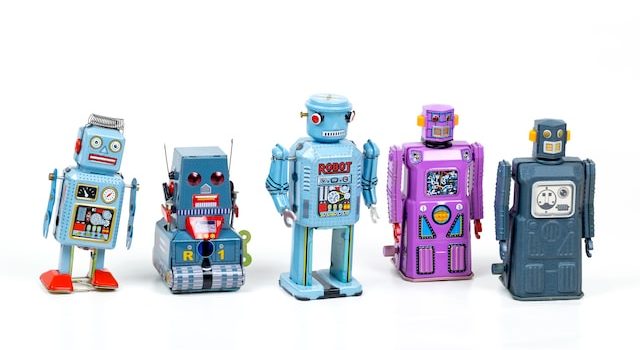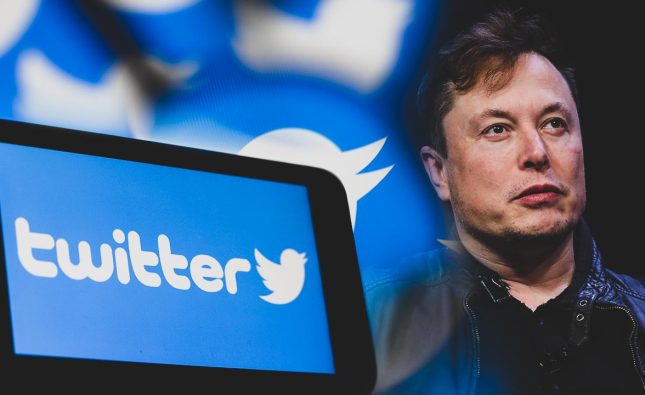
Can robots learn to be creative? It sounds like a strange question, but it’s one that scientists and engineers are actively exploring. In an age when technology is rapidly advancing, it’s no surprise that robots are becoming more and more capable of “thinking” for themselves. Robot learning models are transforming the way humans create art and music, as well as other forms of creativity. In this blog post, we’ll take a look at how these models are changing the landscape of human creativity forever. From painting to writing, robots are demonstrating remarkable abilities in order to solve complex problems and replicate traditional forms of expression. Read on to find out more!
What is a robot learning model?
A robot learning model is a type of artificial intelligence that enables robots to learn from data and experience, in order to perform tasks that are otherwise difficult or impossible for them to do. For example, a robot learning model could be used to teach a robot how to walk, or how to identify objects.
There are two main types of robot learning models: supervised learning and unsupervised learning. Supervised learning is where the robot is given a set of training data, and it is then up to the robot to learn from this data and generalize it to new situations. Unsupervised learning is where the robot is not given any training data, but instead has to learn from its own experiences. This type of learning is often more difficult for robots, as they have to figure out what is important and what isn’t.
Both supervised and unsupervised learning models have their advantages and disadvantages, and which one is used will often depend on the specific task that the robot needs to learn. However, both types of models are becoming increasingly important as robots are being used in more and more areas of our lives.
How robot learning models are being used today
Robot learning models are being used today to help humans be more creative. For example, a robot learning model can be used to learn how to write better prose or poetry. The model can also be used to improve the design of products or services. In addition, robot learning models can help humans create new businesses or solve problems in existing businesses.
The potential of robot learning models
Robot learning models have the potential to transform human creativity by providing a new way for humans to interact with machines. Robot learning models can provide a more natural and efficient way for humans to learn from and communicate with machines. Additionally, robot learning models has the potential to improve human cognitive abilities and enable humans to create new things that were not possible before.
How robot learning models are transforming human creativity
In the past, robots were only able to carry out very simple tasks. However, recent advances in artificial intelligence (AI) and machine learning have given robots the ability to learn more complex tasks. This has led to a new field of research known as robot learning.
Robot learning models are based on the same principles as human learning. That is, they learn by observing and imitating others. However, there are some key differences between how humans and robots learn. For example, robots can learn much faster than humans because they can process large amounts of data quickly. This means that they can quickly learn from their mistakes and improve their performance over time.
One area where robot learning is having a major impact is in creative fields such as music and art. For example, there are now robot musicians who can compose their own music and create artwork that is indistinguishable from that created by humans. This is made possible by the fact that robots are not limited by our own cognitive biases and preconceptions. They are also not restricted by the need for sleep or food, so they can work for longer periods of time without tiring.
This increased level of creativity is transforming the way we think about human creativity. It is no longer seen as a unique ability that only humans possess but something that can be achieved by machines. This shift could have far-reaching implications for the future of work, as more and more jobs that were once considered to be exclusively human are replaced by robots
The future of robot learning models
Robot learning models are constantly evolving and becoming more sophisticated. As they become more advanced, they will be able to increasingly replicate and exceed human creative abilities. This could lead to a future where robots are the primary creators of new knowledge and innovations.
This would have far-reaching implications for humanity. It could mean that we would no longer be the dominant source of new ideas and inventions. Instead, we would become reliant on robots to generate new concepts and solutions. This could lead to a world where humans are largely passive consumers of ideas, rather than active creators.
Of course, this is just one potential future scenario. It’s also possible that humans and robots will collaborate creatively, with each bringing their own unique strengths to the table. Whatever the future holds, it’s clear that robot learning models are transforming human creativity, and the implications are sure to be far-reaching and fascinating.










